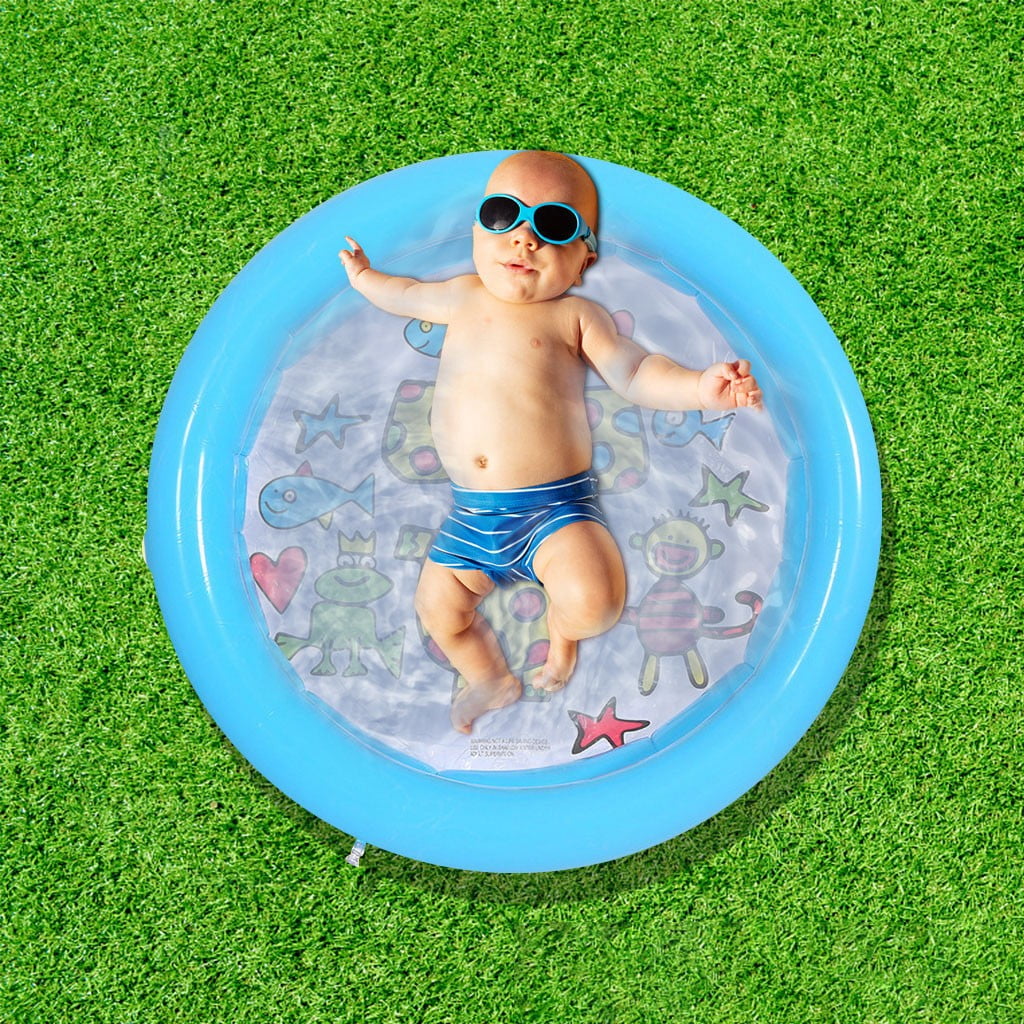
Baby Pools: A Comprehensive Guide for Parents
Introduction
Baby pools offer a refreshing and enjoyable way for infants and toddlers to cool off and have fun during the warm summer months. However, choosing the right baby pool and ensuring its safe use are crucial for the well-being of your little one. This comprehensive guide will provide you with all the essential information you need to make an informed decision and create a safe and enjoyable water experience for your baby.
Types of Baby Pools
Baby pools come in various types, each with its own unique features and benefits. Here are the most common types:
-
Inflatable Baby Pools: These pools are made of durable PVC or vinyl and can be easily inflated and deflated for storage. They are lightweight and portable, making them ideal for small spaces or taking on trips.
-
Hard-Sided Baby Pools: These pools have a rigid frame and liner, providing a more stable and durable option. They are typically larger than inflatable pools and can accommodate multiple children.
-
Pop-Up Baby Pools: These pools are made of a lightweight fabric that pops up into shape when filled with water. They are easy to set up and take down, making them a convenient choice for quick water play.
-
Activity Baby Pools: These pools feature additional features such as water slides, fountains, and sprinklers, providing extra entertainment for babies and toddlers.
Choosing the Right Baby Pool
When selecting a baby pool, consider the following factors:
-
Age and Size of Your Baby: Choose a pool that is appropriate for your baby’s age and size. Infants and toddlers need shallow pools with a maximum depth of 6 inches.
-
Space Availability: Determine the available space in your yard or home for the pool. Inflatable pools are a good option for small spaces, while hard-sided pools require more room.
-
Durability: Look for pools made of high-quality materials that can withstand regular use and exposure to the elements.
-
Safety Features: Choose a pool with safety features such as non-slip surfaces, rounded edges, and a drain plug.
-
Additional Features: Consider pools with additional features such as shade canopies, water toys, or built-in sprinklers for added entertainment.
Safety Considerations
Baby pools can pose potential safety hazards, so it is essential to take the following precautions:
-
Constant Supervision: Never leave your baby unattended in or around the pool, even for a moment.
-
Appropriate Water Depth: Ensure the water depth is shallow enough for your baby to stand with their head above water.
-
Non-Slip Surfaces: Choose a pool with a non-slip surface to prevent falls and injuries.
-
Rounded Edges: Avoid pools with sharp edges that could cause cuts or scrapes.
-
Drain Plug: Make sure the pool has a drain plug that can be easily removed to empty the water.
-
Shade Canopy: Provide shade for your baby to prevent sunburn and heatstroke.
-
Water Temperature: Check the water temperature before allowing your baby in the pool. It should be between 85-90 degrees Fahrenheit.
Maintenance and Cleaning
Regular maintenance and cleaning are crucial to keep your baby pool clean and safe for use. Here are some tips:
-
Empty and Clean Regularly: Empty the pool and clean it with a mild soap solution after each use.
-
Remove Debris: Use a net or skimmer to remove leaves, insects, and other debris from the water.
-
Check Water Chemistry: If you are using a hard-sided pool with a filter, regularly check the water chemistry and adjust as needed.
-
Store Properly: When not in use, drain the pool completely and store it in a dry, shaded area.
Additional Tips for Baby Pool Fun
-
Introduce Your Baby Gradually: Start by letting your baby splash in shallow water and gradually increase the depth as they become more comfortable.
-
Provide Toys and Activities: Make water play more enjoyable by providing your baby with water toys, such as floating balls, squirters, and sprinklers.
-
Limit Sun Exposure: Protect your baby from the sun by using a shade canopy or applying sunscreen.
-
Stay Hydrated: Keep your baby hydrated by offering them plenty of water or breast milk during and after water play.
-
Have Fun: Water play should be a fun and enjoyable experience for both you and your baby. Relax and enjoy the time spent together.
Conclusion
Baby pools offer a safe and refreshing way for infants and toddlers to enjoy the warm summer months. By choosing the right pool, following safety precautions, and maintaining it properly, you can create a fun and memorable water experience for your little one. Remember to always prioritize your baby’s safety and have a blast splashing and playing together.
